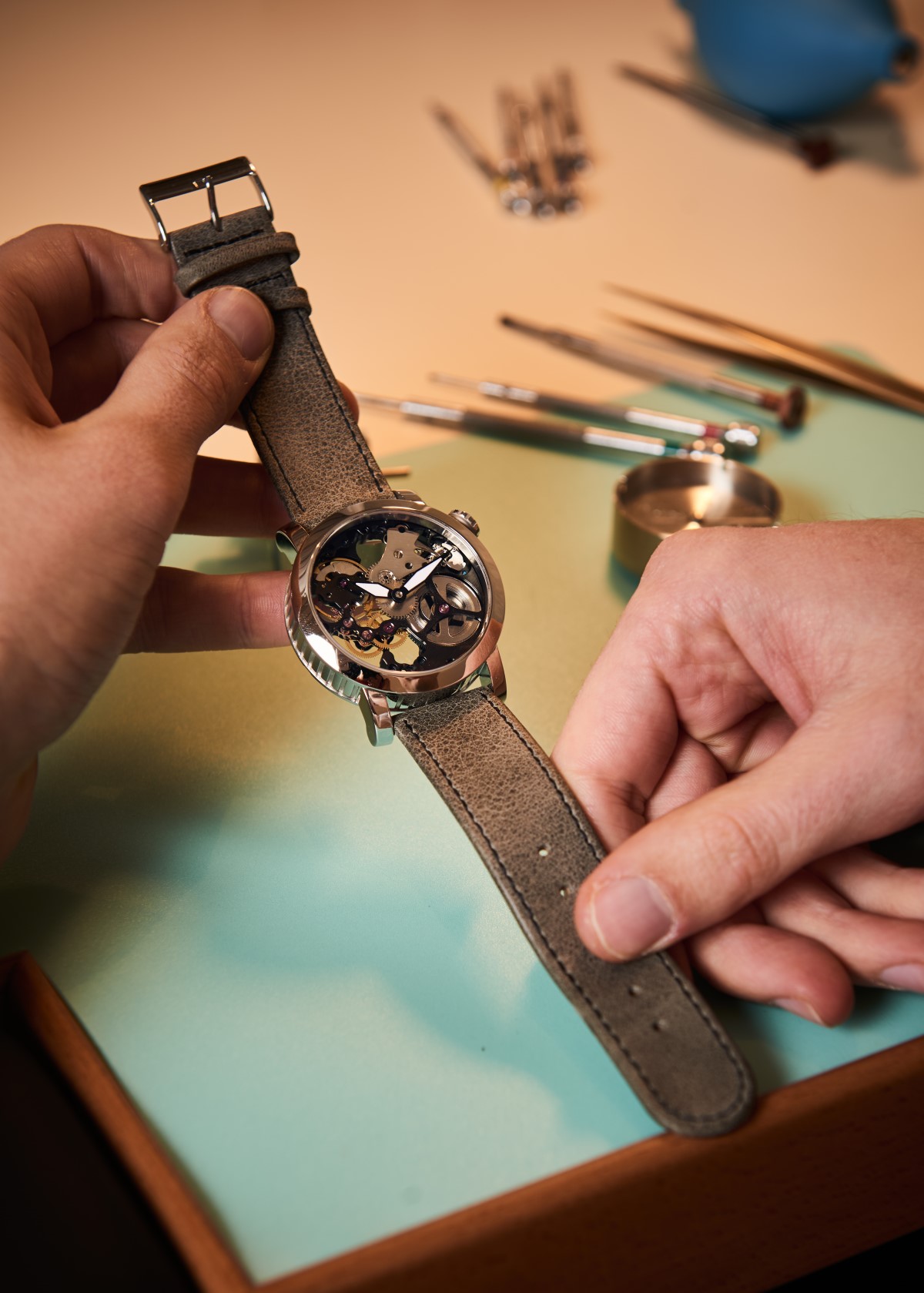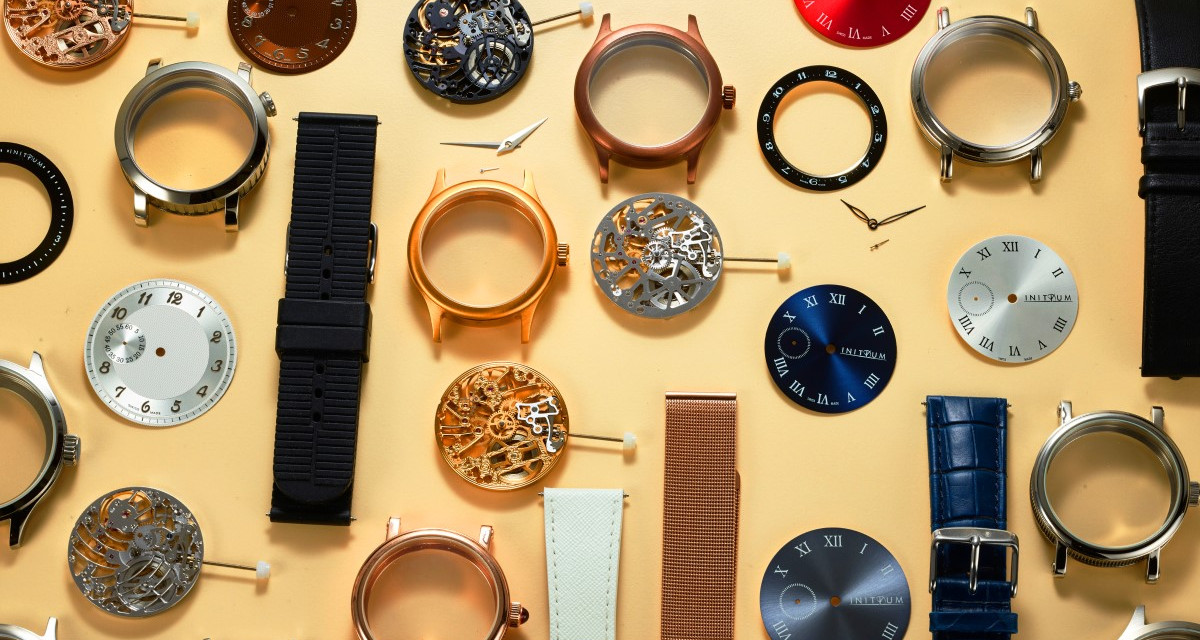The unique culture that transformed Geneva into a watchmaking wonderland
Words: Will Moffitt
With its cool jets soaring skywards, Geneva's Jet d’Eau fountain looks more like a kitsch tourist attraction than a homage to civic craftsmanship. Like much of this city, however, it is a reference to Switzerland’s greatest industry.
The first Jet d'Eau was a safety valve installed in 1886 at a power plant on the river Rhône that pumped water to the city’s watchmakers to power their machines. To relieve the daily build-up of pressure the valve spurted water 30 metres into the air as workers slept. Today a much larger model resides by the harbour, shooting water 140 metres in the air.
For further watchmaking mementos head to the western side of Jardin anglais park where 6500 delicate blooms adorn a colourful flower clock; or venture to Molard square with its ancient tower clock and painted frieze with a coat of arms depicting the figures that shaped the city’s reformation history.
Once a jewellery making dynasty, the Protestant reformer John Calvin became Geneva’s spiritual leader in the mid 1500s, transforming it into a place of monastic worship and industry. Calvin banned the city’s thriving jewellery trade on account of idolatry, forcing artisans to craft hands and dials instead of bracelets and necklaces. Simultaneously an influx of refugees born out of bloody religious wars brought skilled workers to the citadel. In 1601, the Foundation of the Genevan Corporations of Watchmakers was formed.
This trajectory of events makes it feel as if Geneva was destined to be the watchmaking workshop, but it merely laid the groundwork for a burgeoning industry. The city’s world-beating reputation was forged through fierce competition, with rival craftsmen fighting to outdo one another to create more intricate devices through feats of genius, serendipity and sheer force of will.
Walk towards Rue du Rhône and you will find Bucherer, seller of the world's most coveted watch brands and home to one of the largest choices of Rolex watches worldwide. A little further you’ll find Jaeger Le-Coutre, creator of the world’s smallest mechanical movement, the Calibre 101, and the Breguet store, whose founder Abraham-Louis Breguet invented the tourbillon, a revolutionary mechanism that neutralises the effects of gravity on timepieces.
To fully appreciate the significance of these mechanical breakthroughs head to a local workshop to learn more about the practicalities of the craft itself. Based in Geneva’s old town since 2017, the start-up Initium aims to educate the layman on the structural composition of a watch, with workshops ranging from three-hour introductions to half or full day sessions where guests can assemble a personalised timepiece from scratch.
Classes cover basic features such as wheels, levers and pendulums as well as advanced complications that fulfil functions beyond the display of hours, minutes, and seconds such as a chronograph or a calendar. By following the highly skilled and – in my case – highly patient tutelage of Initium’s staff members, participants can gauge the intricate mechanisms that power these remarkable devices.

Be sure to finish your tour with a trip to the inimitable Patek Philippe Museum. Founded in 1980 by Philippe Stern, then president of Patek Philippe, and his father Thierry, this extensive collection of 2,500 watches, automata, precious objects and portrait miniatures features some of the oldest, most iconic timepieces ever made.
On the second floor you’ll see pocket watches, carriage clocks, musical watch boxes, and enamelled watches made for the Chinese market in the 19th century, as well as some of Breguet’s finest masterpieces. Head down a level and you’re in Patek’s very own signature collection with rare and iconic timepieces, including the Patek Philippe Calibre 89, the most complicated timepiece ever created, specially crafted to commemorate the brand's 150th anniversary.
To visit this venerated institution is to go on a magical tour through the development of a world-beating brand and glimpse the drive, imagination, and ingenuity that turned a little known Swiss city into a watchmaking powerhouse.





